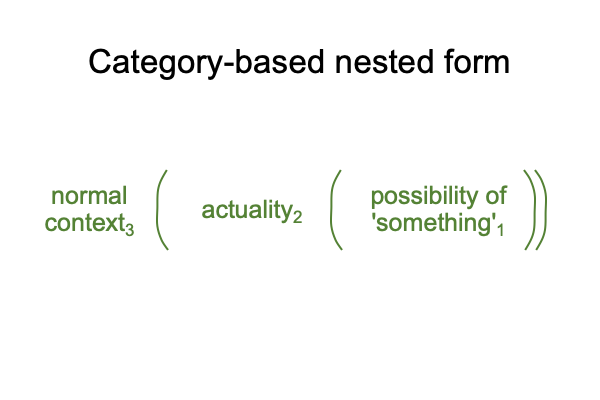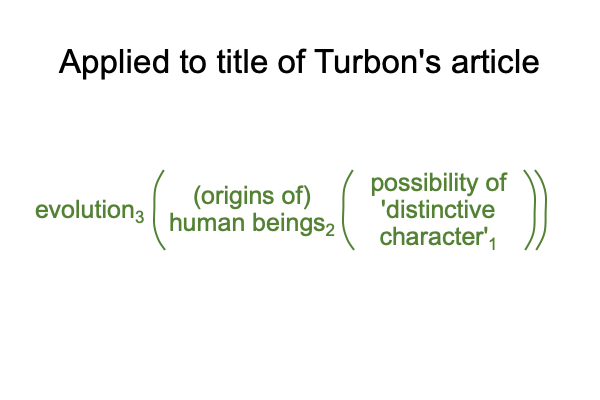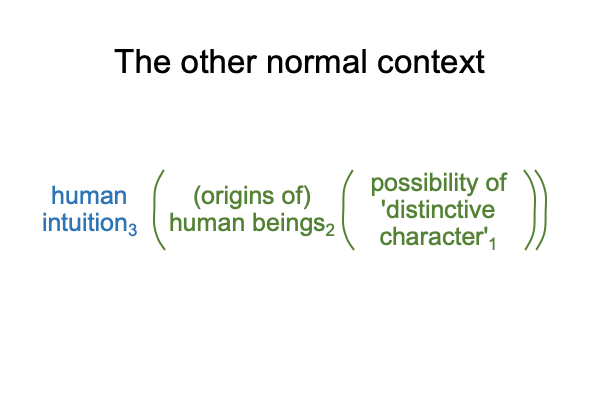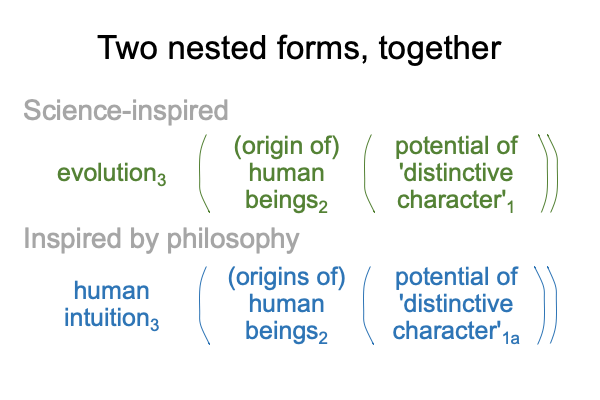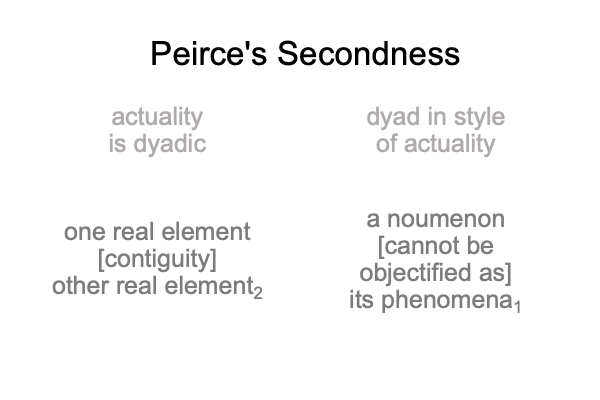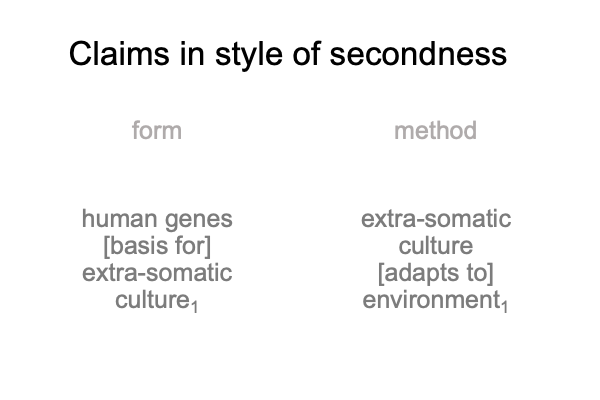Looking at Mark S. Smith’s Book (2019) “The Genesis of Good and Evil” (Part 10 of 16)
0058 In chapter four, Mark Smith addresses the question, “Is Genesis 3 about human sin?”
After covering what modern scholars say about the text and conditions of Genesis 3, the question turns to production3Hand writing3V. Readers seek to interpret both the conditions2H and the insights2V of the author. These are tied to the author’s scope1H and charism1V.
As far as conditions go, I speculate that the conditions2H include the increasing social complexity of the Ubaid villages, then the Uruk townships.
The authors are the daughters of Seth, who gradually compose the early stories of Genesis, as well as one for Noah, plus more. The stories are maintained by the women of Seth, then afterwards, the women of Israel. Then, the bards of Israel take them for their own, around the time of (or later than) Ezekiel.
0059 These conditions explain how the stories can be so ancient, yet showing the patina of post-exilic editing.
Plus, these conditions explain why the lessons of the Genesis 1 are declared in the time of Moses, while the lessons of the stories of Genesis 3 are ignored. Adam and Eve belong to the stories of the women, not the men, of Israel.
The bards of Israel account for why the stories of Adam and Eve find their way into the writing of Genesis. Their genius forces the redactor’s pen. But, the written scriptures are new, compared to the age of the oral tradition. Consequently, the stories of Adam and Eve make a dreamy impression in the time of the Second Temple.
The bards, the wandering preachers of Israel, also account for the conditions surrounding John the Baptist and Jesus of Nazareth. No one seems particularly surprised by their appearance. They recite the scriptures just like all bards do. The audiences attend to their words. The kingdom of God is at hand.
0060 These conditions are radically different than those intimated by Mark Smith and colleagues, who examine only the patina and not what might lie beneath. Smith wants to retrieve insights by considering only the surface conditions. His procedure is to begin with the explicit writing of Genesis 3, particularly concerning the choice of words.
0061 He starts with the word, “evil”, first mentioned in regards to the tree at the center of the garden. The scriptural Hebrew, ra’, means poor in quality and disagreeable, as well as wicked and harmful. For example, if a fruit is poisonous, then it is ra’. An inedible fruit would fit the idea where God commands Adam not to eat, if only for health reasons. But, this idea is dispelled as the story plays out.
0062 Then, there is the creation of woman from Adam’s rib. God fashions all sorts of animals, who get names, but none are sufficiently helpful. Adam tends a garden. Adam domesticates animals. They all live in paradise, offering a hint ofthe Lebenswelt that we evolved in.
God, not Adam, insists that it is not good that the human should be alone. He then fashions a woman from Adam’s rib. Adam is overjoyed at the introduction.
Here is the etiology of woman, according to the daughters of Seth, who tell fairy tales to their children, about the beginning.

